
Homemaking
Homemaking
A surprising number and variety of animal species build structures for shelter, food storage, and reproduction.
Learning Objective: Provide examples of animal homes, including their construction, architecture, and impacts on animal survival.
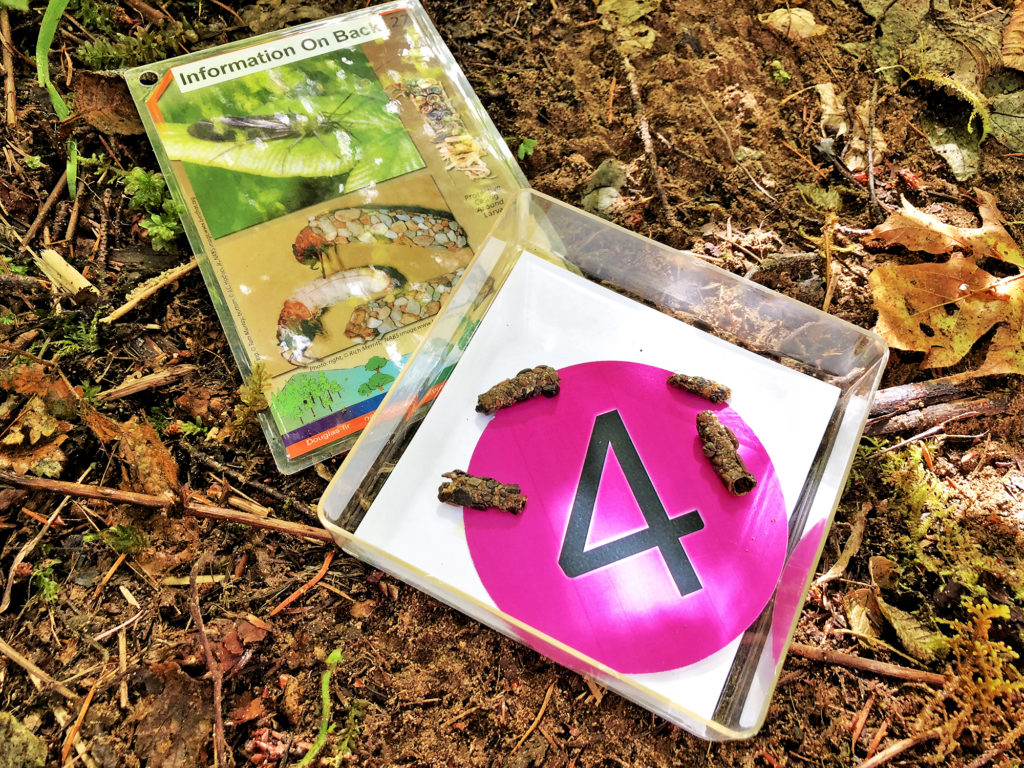
Animals construct structures for protection from predators and the elements.
Animals use a variety of building materials.
Building materials need to be readily available and offer some degree of protection. Some animals utilize mud before it hardens into a semi-waterproof structure.
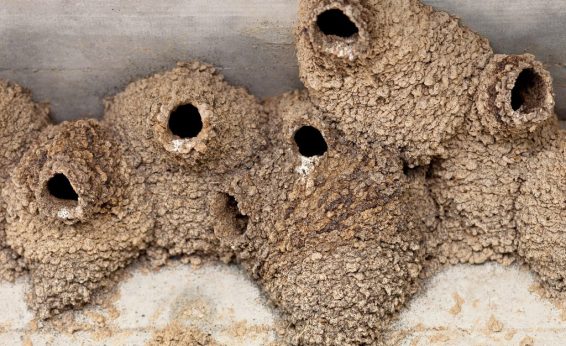
Cliff Swallow Nests
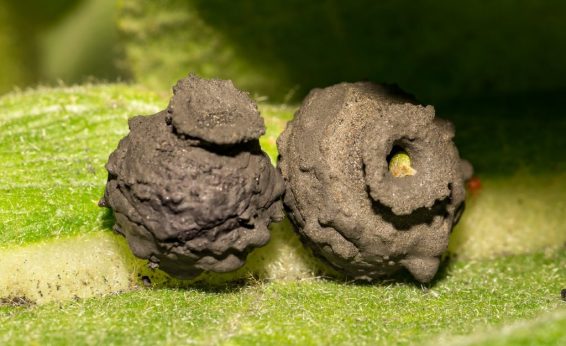
Mud Dauber Wasps
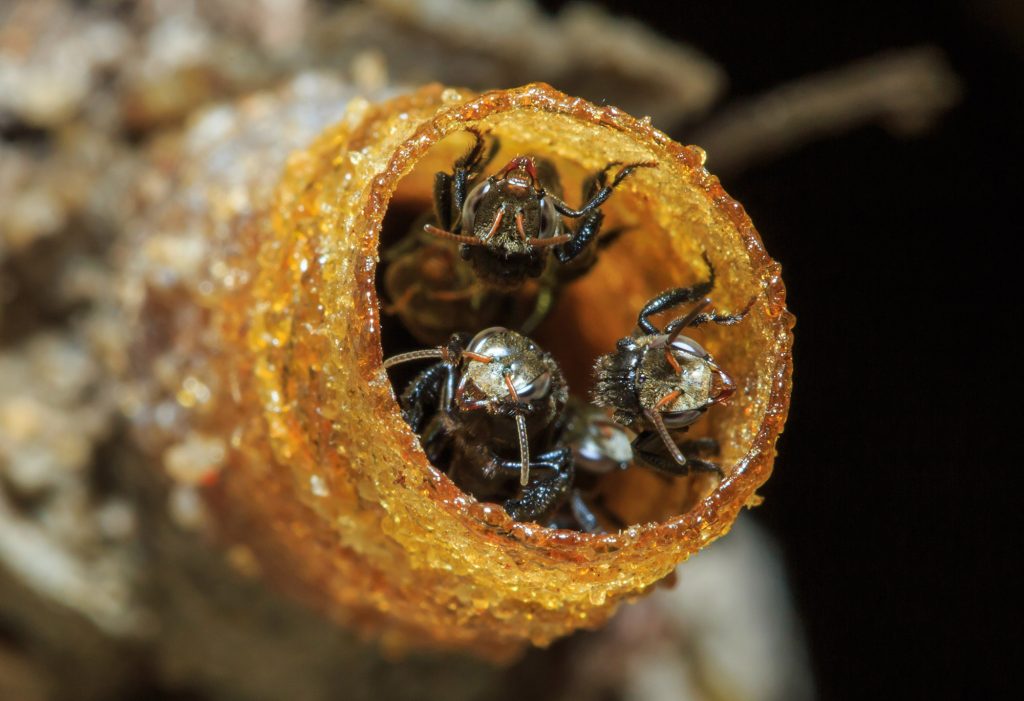
Several stingless bee species use tree resins as structural material.
Besides being flexible, resins contain chemicals that repel potential bee parasites.
One of the most interesting examples of individual invertebrate structure building is the caddisfly Dicosmoecus found in Oregon streams.
Watch this video; you can select the closed captioning “cc” option if you would like to see the text.
Close-up views of caddisfly cases made of stream gravel.
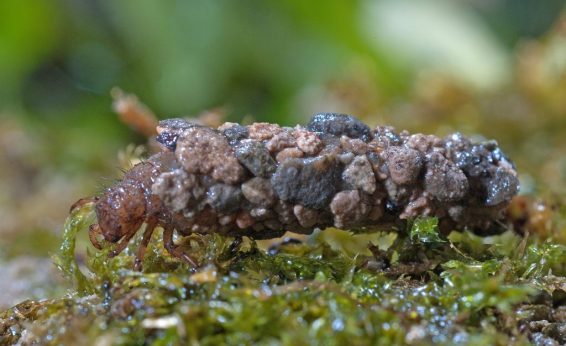
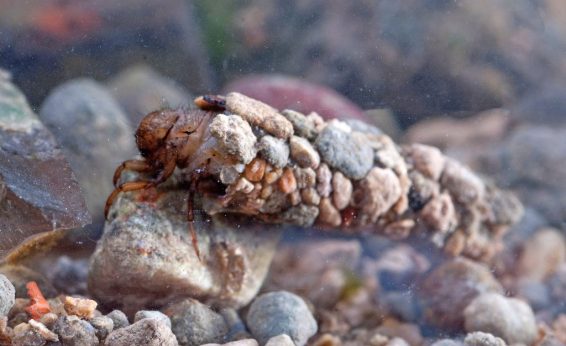
Hermit crabs do not build their own structures, they adopt abandoned snail shells, or forcibly remove snails if necessary.
Terrestrial hermit crabs are wild-caught from tropical beaches and need complex care including: constant high humidity, both fresh and salt water, deep substrate for molting, a varied diet, and plenty of extra shells as they grow in size.
Animal structures vary in complexity.
Simple nest structures include small scrapes in the ground.
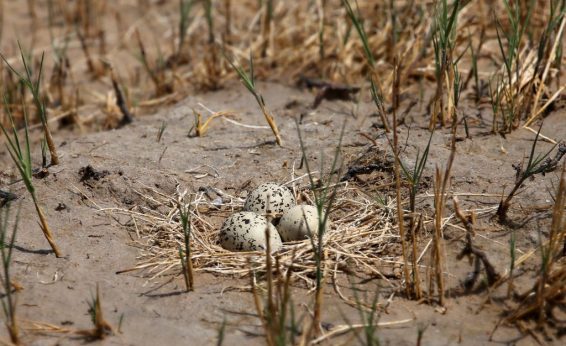
Plover nest on sand
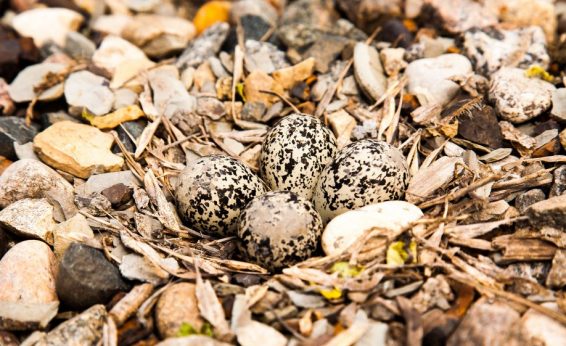
Kildeer nest on dirt
We’ll address more complex nests in an upcoming guide.
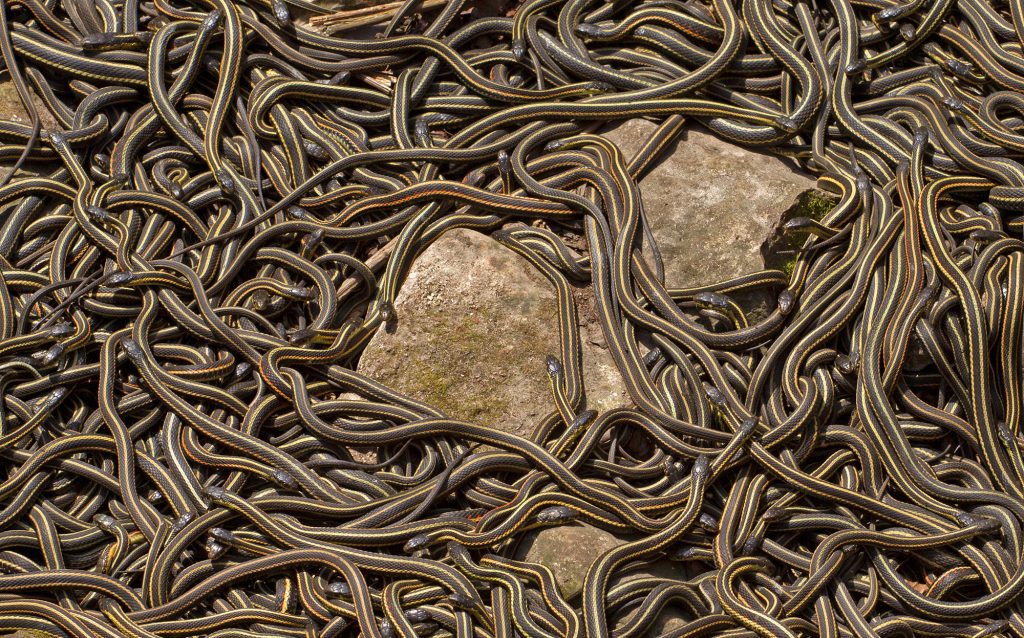
Some organisms use available structures with minimal alteration.
These garter snakes over-winter in underground caves in Manitoba, Canada. This ability to use caves makes them the northern-most reptiles.
Some of the mosts difficult to study animal structures are built underground.
Moles excavate extensive tunnels in the dirt. They have cylindrical bodies to fit through tunnels, small eyes, and strong forelimbs for digging.
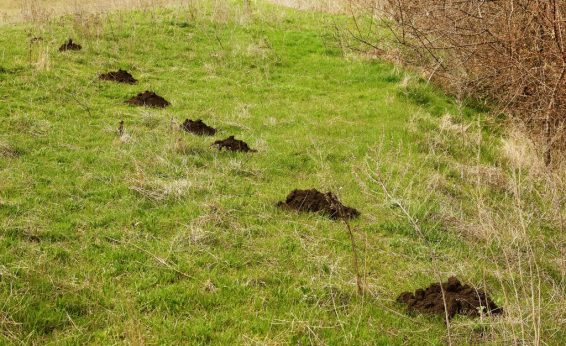
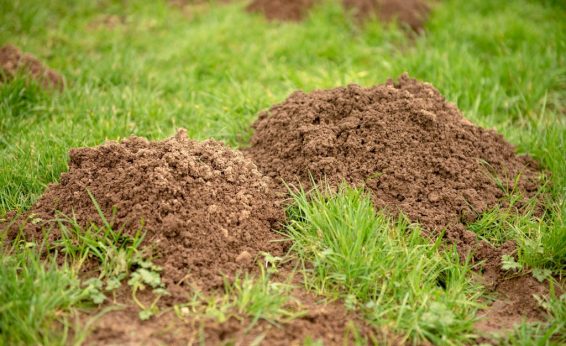
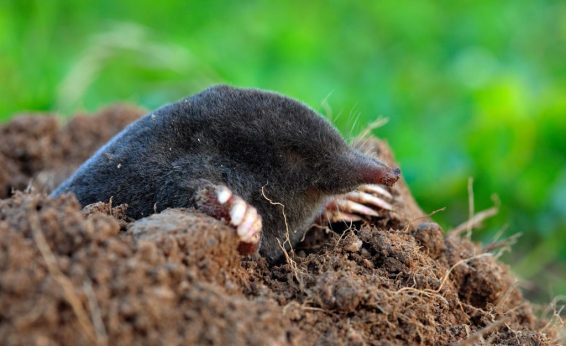
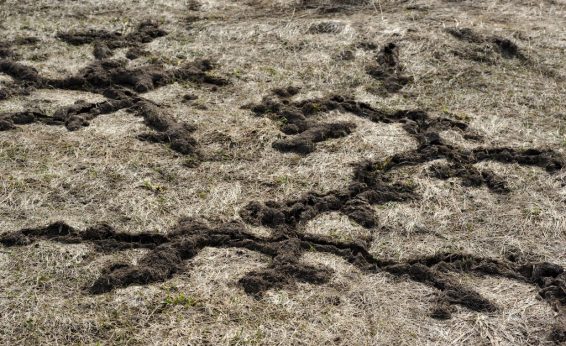
Prairie dogs dig tunnels with different shape opening that increase underground ventilation.
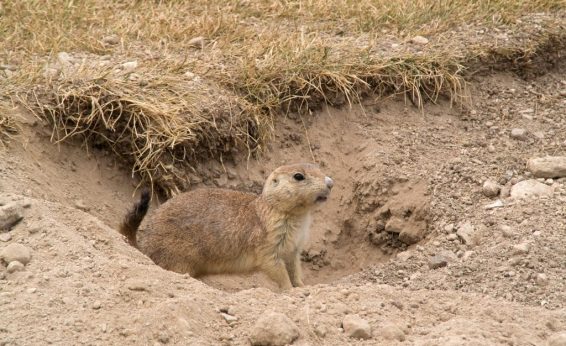
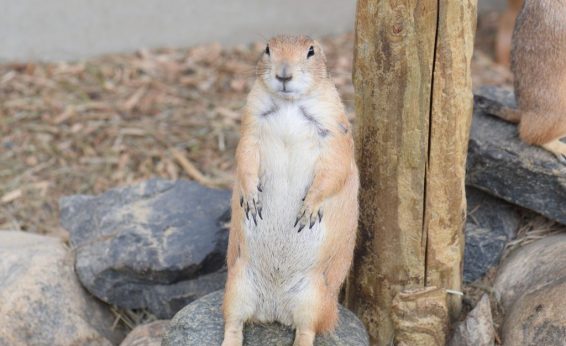
Structures and behaviors for homemaking have a genetic basis. Prairie dogs dig even when kept in captivity.
In the next section, a closer look at species that make elaborate structures: the beavers.











